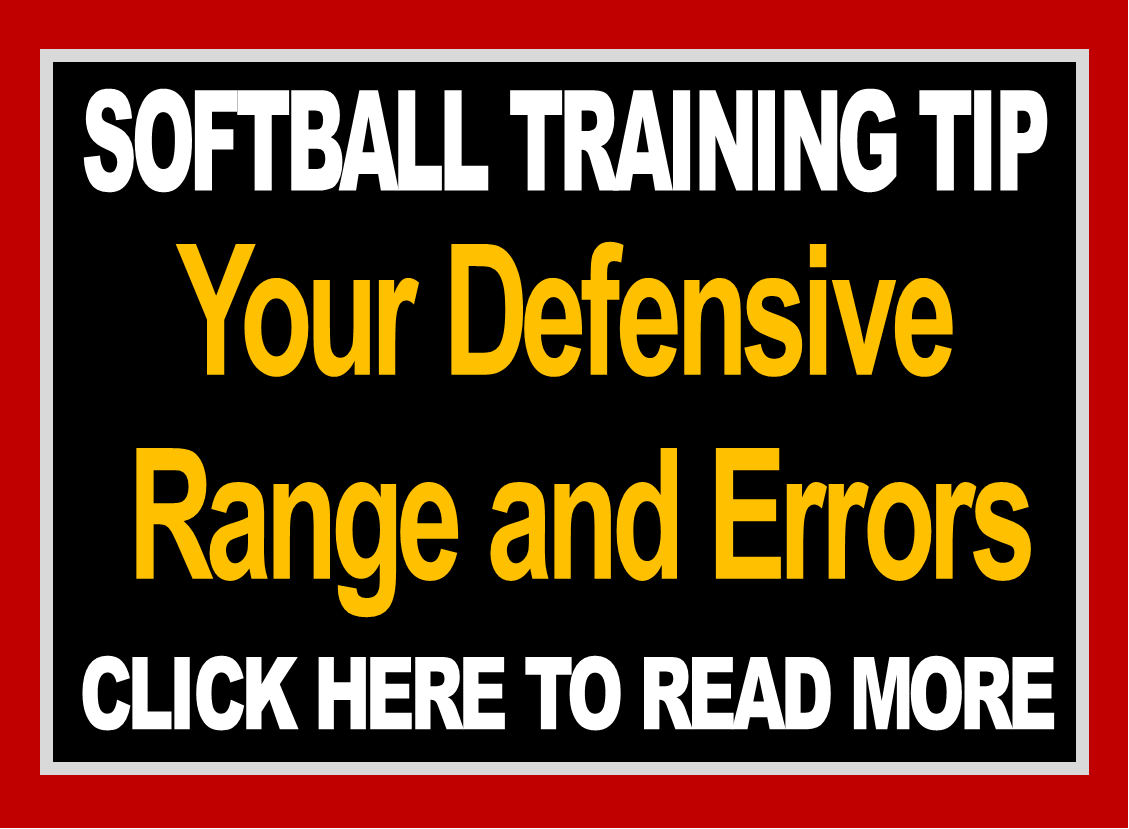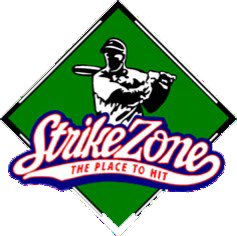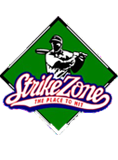
21 Jun Your Defensive Range and Errors
On defense we can’t have everything. Either you play in so you can get to balls faster, or you play back so you can get to more balls on either side of you.
Read on to understand how your positioning on the field works & how to use it to your advantage.
Want to get to more balls? Then you’ve got to change your position on the field. In order to increase your range and get to more balls on either side of you, you’ve got to move back. Either set up farther back from the hitter, or if you’re positioned in close, then you’ve got to drop-step and really angle your approach to the ball once it’s hit. Farther back equals more range, which equals more balls you can get to, whether you’re playing infield or outfield.

The picture to the right shows an infielder who is playing IN. The orange triangles represent the infielders. Look at the 3rd baseman and you’ll see a big yellow circle in front of her and 2 smaller red oblong circles on either side of her. The yellow circle shows you the balls she can get to easily because she’s playing in. Basically anything in front of her is easier for her to get to from the fact she started IN. But, the red oblong circles show the balls that she really can’t get too, and that’s because she doesn’t have time to move that far since she’s in so close. Remember, in order to get something on defense (bunts in this case) you have to give up something (balls to either side of you).
Now, if she starts farther BACK then she has more range. You can see she’s playing closer to 3rd base (the blue lines indicate where all the infielders were playing when they were IN). Now, the balls she can get to more easily are the oblong circles on either side of her and the balls she really can’t get to are the bunts way out in front of her.

So remember:
- The farther back you play the more range you have. If any player is playing really close she won’t have time to take many steps in either direction, but if she’s playing back then the extra distance gives her time to have more range. So range depends on distance from the plate.
- Our coverage area depends greatly on the positioning of our teammates – if the player next to you moves away from you then you now have more room to cover. So a 3rd baseman’s coverage zone to her left (toward ss) will depend on where the shortstop is playing on that pitch.
- Don’t worry about errors. It isn’t about never making mistakes, it’s about doing everything you can to stop the ball from going past you!
If this article helped you then you’ll want to also check out the following:



